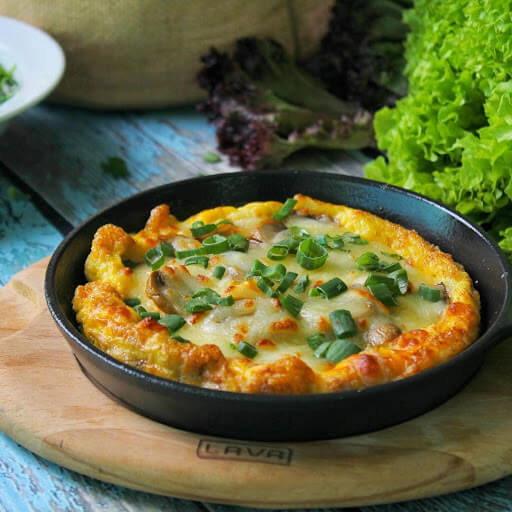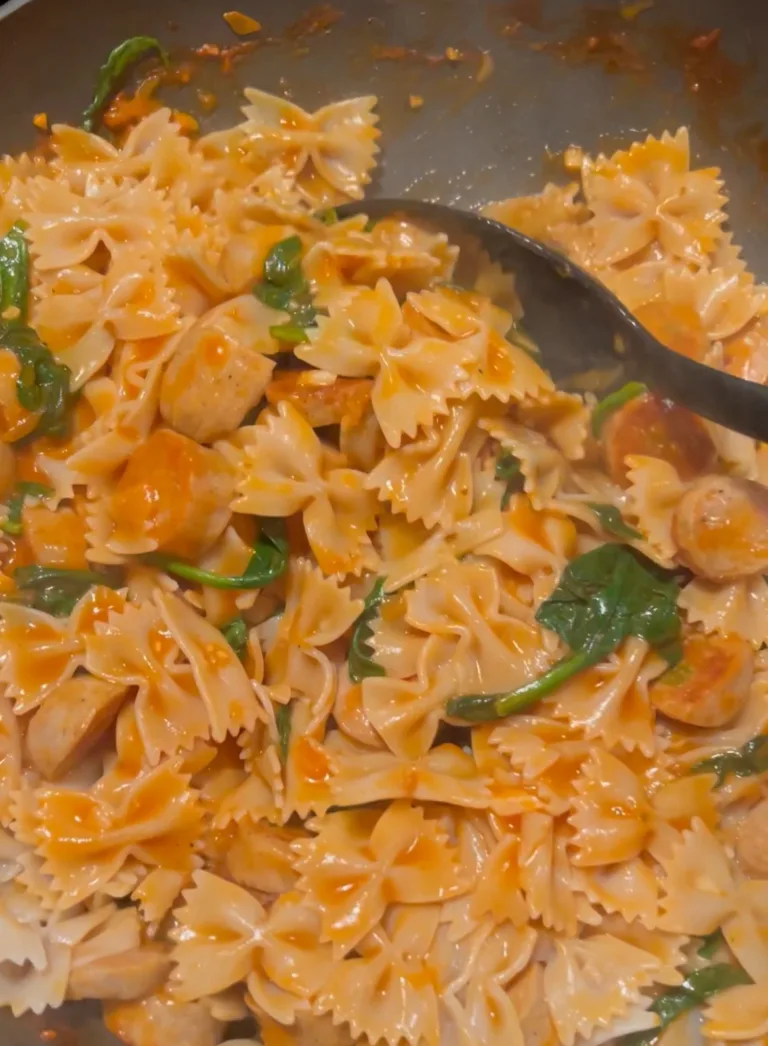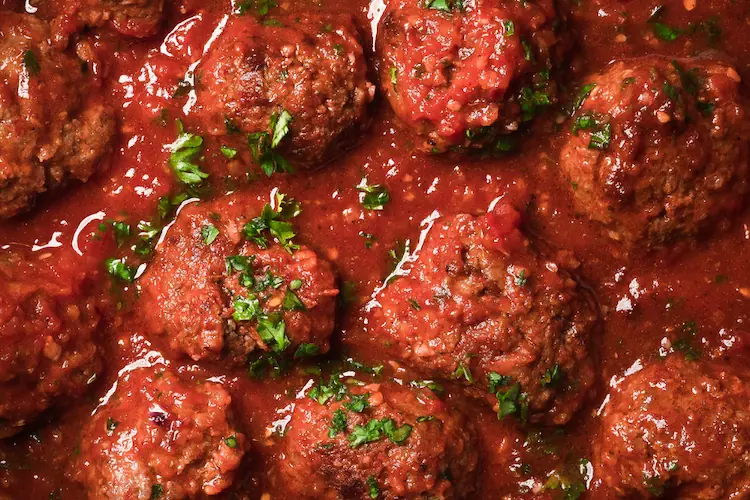There are few things in Italian cuisine as simple and yet versatile as frittata.
This Italian egg dish is the perfect solution whenever you don’t feel like putting much thought or effort into what you cook, without giving up on taste and quality. It’s like a blank canvas – and a clever way to use up leftovers, too! It meets you wherever you are: whether you’ve just come back from the local market with a bag of fresh vegetables, or you’re simply working with what’s in the fridge.
This delicious meal is made from the basics – fresh eggs, a bit of olive oil, and whatever else you’ve got lying around.
You don’t need fancy equipment. Just a non-stick skillet, a medium bowl, and a bit of heat control. And once you’ve learned how to make a classic frittata, you’ll never need a recipe again. You’ll just know.
Today, we’ll cover the first step – the method for making a basic, fluffy, custardy frittata the Italian way – and then walk through all the great options for customizing it to suit your taste, your mood, or the meal of the day. Whether you’re after a veggie frittata recipe, something hearty with Italian sausage, or a summery version with cherry tomatoes and herbs, this will be your foundation.
Let’s go!
Why the Frittata is a Perfect Everyday Dish
The beauty of a frittata lies in its dual nature: it can be both a last-minute solution and a planned centerpiece. It’s equally at home on a breakfast table with fresh fruit and fruit salads, as it is sliced into wedges for lunch with a simple side salad, or served warm as dinner with crusty bread and a glass of wine.
I remember when I went to high school, I would often bring with me a panino with just a slice of frittata. My place is kinda isolated, and there were not many buses to/from the town where my school was. So, I often relied on it to have lunch while I was waiting to go back home in the evening – best sack lunch ever!
Here’s why frittata works:
- It requires just a few key ingredients.
- The technique is forgiving: no flipping, no fuss.
- It welcomes any filling: meats, cheeses, herbs, or even pasta.
- It holds beautifully in an airtight container for the next day.
- It’s naturally gluten-free and low-carb (if you care about that kind of thing).
In short, it’s the perfect way to turn a few beaten eggs into something elegant.
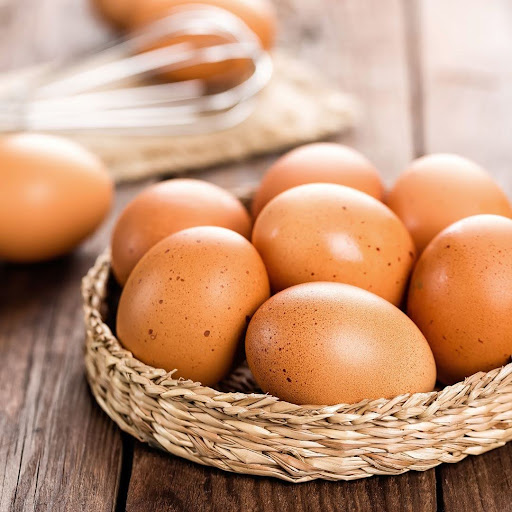
What You’ll Need to Make a Classic Italian Frittata
Let’s start with the essentials. These are the key ingredients behind every great frittata – the ones that give it structure, flavor, and that signature Italian simplicity. No measurements here – just what you need, and why it matters.
Eggs: The heart of the frittata. You want fresh, good-quality eggs with rich yolks. They’re what create the custardy interior and golden edges. Some people separate yolks and whites for extra fluffiness, but honestly? A good whisk is all you need.
Salt and black pepper: Basic seasoning, yes – but don’t overlook it. Salt brings out the flavor of the eggs, while freshly cracked pepper adds subtle warmth and complexity. Keep it simple, but balanced.
Olive oil: The foundation for cooking. Use a mild extra-virgin olive oil for a clean, herbal note, or go with something fruitier if that’s what you have. It creates a gentle crust at the bottom of the frittata and helps prevent sticking.
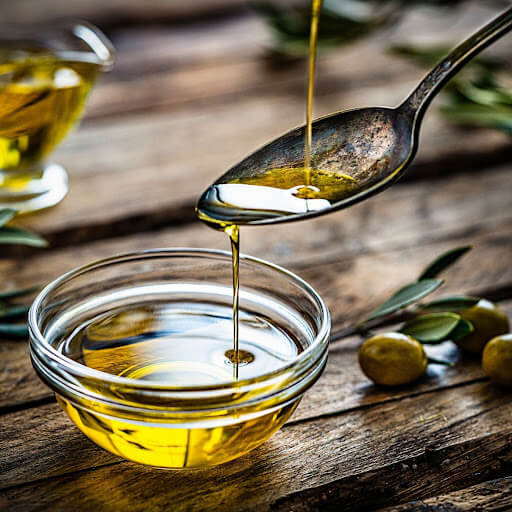
Optional ingredients
Now that we’ve done the basics, here are some optional ingredients that you can use as well.
Parmesan cheese: A touch of Parmigiano Reggiano adds nutty depth and a savory finish. While it’s not essential, especially in the southern versions of the dish, many home cooks in the north wouldn’t skip it. Add it to the egg mixture, or sprinkle it on top before baking.
Whole milk or cream: In the Italian way, we don’t usually add cheese or milk to every frittata. However, just a splash can help lighten the texture and keep things tender. Heavy cream adds richness, while a little milk gives a softer bite. You can skip this entirely if you prefer a denser, more rustic frittata.
Bell pepper: Colorful, crisp, and slightly sweet. Whether red, yellow, or orange, bell peppers add texture and visual appeal. Just make sure to cook them down first – raw peppers can release too much moisture and overwhelm the egg mixture.
Italian sausage: Rich, savory, and full of character. Crumble it out of the casing and brown it well before adding to your eggs. It turns a humble frittata into something bold and hearty – especially when paired with a little parmesan or sharp greens.
Goat cheese: Tangy and creamy, it adds a soft punch that cuts through richness. Drop it in by the spoonful just before baking, or crumble some on top after it’s out of the oven. It won’t melt the way mozzarella does – but that’s exactly the point.
Sour cream: A spoonful mixed into the eggs gives you a tender, almost custardy texture. It’s one of those “secret ingredients” that makes people think you added cream, when really, you just knew the trick. Use sparingly – too much can overpower the eggs.
Fresh herbs: Think parsley, basil, chives, oregano. Chopped fine and added to the egg mixture, they brighten the whole thing up. Or scatter them on top of the frittata once it’s done for a fresh, aromatic finish. Bonus points if they’re from your own garden.
Red onion: Milder and slightly sweeter than white onion, especially when cooked low and slow. Slice it thin, soften it in a bit of olive oil, and let its natural sugars come through. A solid base for any veggie-forward version.
Of course, the list doesn’t end here – that’s the beauty of frittata! However, these option should be enough to give you an idea of how many options you have.
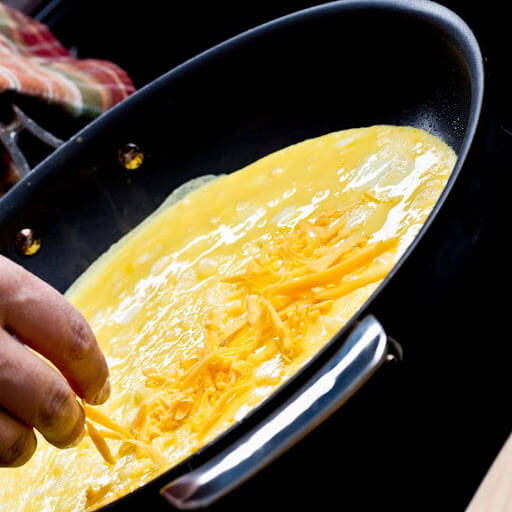
Method
First, let’s make the egg mixture! In a medium bowl, crack the eggs and beat them, then add salt and pepper. Add parmesan cheese and any optional ingredients, if using. Set aside.
Now, add the olive oil to a non-stick skillet, swirl to coat the pan, and wipe off any excess with a paper towel for an even finish. Preheat it slightly on medium heat, then pour in the egg mixture. Tilt the pan gently so it spreads evenly, and lower the heat to medium-low heat or even low heat.
Keep a close eye on it, this part takes patience. You want the bottom of the frittata to set gently without browning too fast.
After 5–8 minutes, when the bottom is mostly set and the top still jiggly, you’ve got two options:
- Stovetop finish: Place a flat plate over the pan, flip the frittata, then slide it back in to cook the other side. About 2–3 more minutes.
- Oven finish: Transfer the skillet to a preheated oven (375°F / 190°C) or under a hot oven broiler until the top is golden and puffed.
I prefer the former method as it’s more immediate and wastes less resources, however it’s totally up to you which one to use.
Whatever you do, when the process is over, let your frittata rest for 5 minutes. Serve warm, at room temperature, or cold the next day.
Now Customize It: Optional Ingredients and Favorite Ways to Dress It Up
Here’s where you take control. Add one, two, or several of the following. Just remember: all add-ins should be cooked first and chopped into smaller pieces so they integrate evenly into the egg mixture.
Cheese:
- Goat cheese – creamy and tangy
- Parmesan cheese – nutty and salty
- Fontina or provolone – for melting
- Sour cream or ricotta – add to the egg mixture for an extra fluffy texture
Vegetables:
- Red onion or white onion, thinly sliced and sautéed
- Bell pepper, roasted or pan-fried
- Cherry tomatoes, halved and sautéed or slow-roasted
- Zucchini, spinach, mushrooms, broccoli, asparagus – you name it
- Fresh or leftover tomato sauce for a saucy, rustic twist
Proteins & Meats:
- Italian sausage, cooked and crumbled
- Prosciutto or pancetta, crisped
- Ham, bacon, roast chicken, or any leftover frittata filling
- Even pasta or rice, making it a cousin of the Spanish omelette
Herbs & Aromatics:
- Fresh herbs like parsley, basil, chives, mint, oregano
- A pinch of chili flakes for heat
- Garlic or shallots for deeper flavor
Expert Tips for the Perfect Frittata
- Use the right pan: A cast iron pan holds heat well and goes from stove to hot oven easily.
- Grease the skillet well to avoid sticking – especially important for non-stick pans that have seen better days.
- Let cooked ingredients cool slightly before adding to eggs – hot ingredients can scramble them.
- Don’t overcook! A good frittata has a tender, custardy texture, not a rubbery one.
- Store leftovers in an airtight container in the fridge. Reheat gently or enjoy cold.
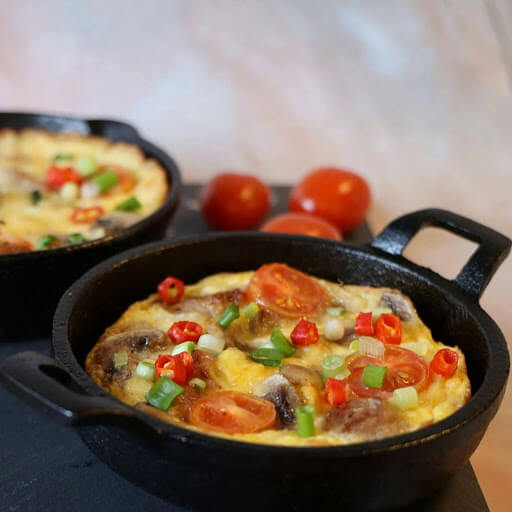
Serving Suggestions: Frittata All Day Long
Here are some of my favorite ways to serve frittata:
- Brunch: with fruit salads, toast, and a cappuccino
- Lunch: warm or room temp with a green salad and vinaigrette
- Dinner: with roasted potatoes or other side dishes, a glass of wine, and maybe dessert
- Picnic: cold, cut into squares – a great way to pack a protein-rich snack
- Next day: in a sandwich or wrap, or crumbled into pasta or rice
Mastering the Italian frittata recipe is like learning the Italian way of doing things: respect the ingredients, trust the process, and keep it simple.
With just a few egg yolks, a splash of whole milk, and a hot frying pan, you’ve got a path to endless variations. It’s not just an easy frittata recipe – it’s a formula for making something comforting, satisfying, and effortlessly Italian.
So crack those eggs. Clean out the fridge. And don’t forget to shake the pan a little.
Print
Classic Italian Frittata
5 Stars 4 Stars 3 Stars 2 Stars 1 Star
No reviews
- Author: Mortadella Head
- Total Time: 25 minutes
- Yield: 2-4 Servings 1x
Ingredients
6 large eggs
Pinch of salt
Black pepper, to taste
1 tbsp olive oil
Optional: 2 tbsp parmesan cheese, 2 tbsp whole milk or heavy cream, or vegetables of your choice to taste. Apart from dairy products, every optional ingredient shold be cooked and coarsely chopped before starting with this recipe.
Instructions
- In a medium bowl, beat eggs with, salt, pepper, and the optional ingredients you chose.
- Grease a 10-inch skillet with olive oil and preheat over medium heat for half a minute.
- Pour into the hot pan and reduce to medium-low heat. Cook until the edges are set.
- Flip with a plate to cook the top of the frittata for 3-4 minutes.
- Let rest for 5 minutes. Slice and serve with your favorite side dishes.
- Enjoy!
- Prep Time: 10 Minutes
- Cook Time: 15 Minutes
- Category: Main Course, Brunch
- Cuisine: Italian

